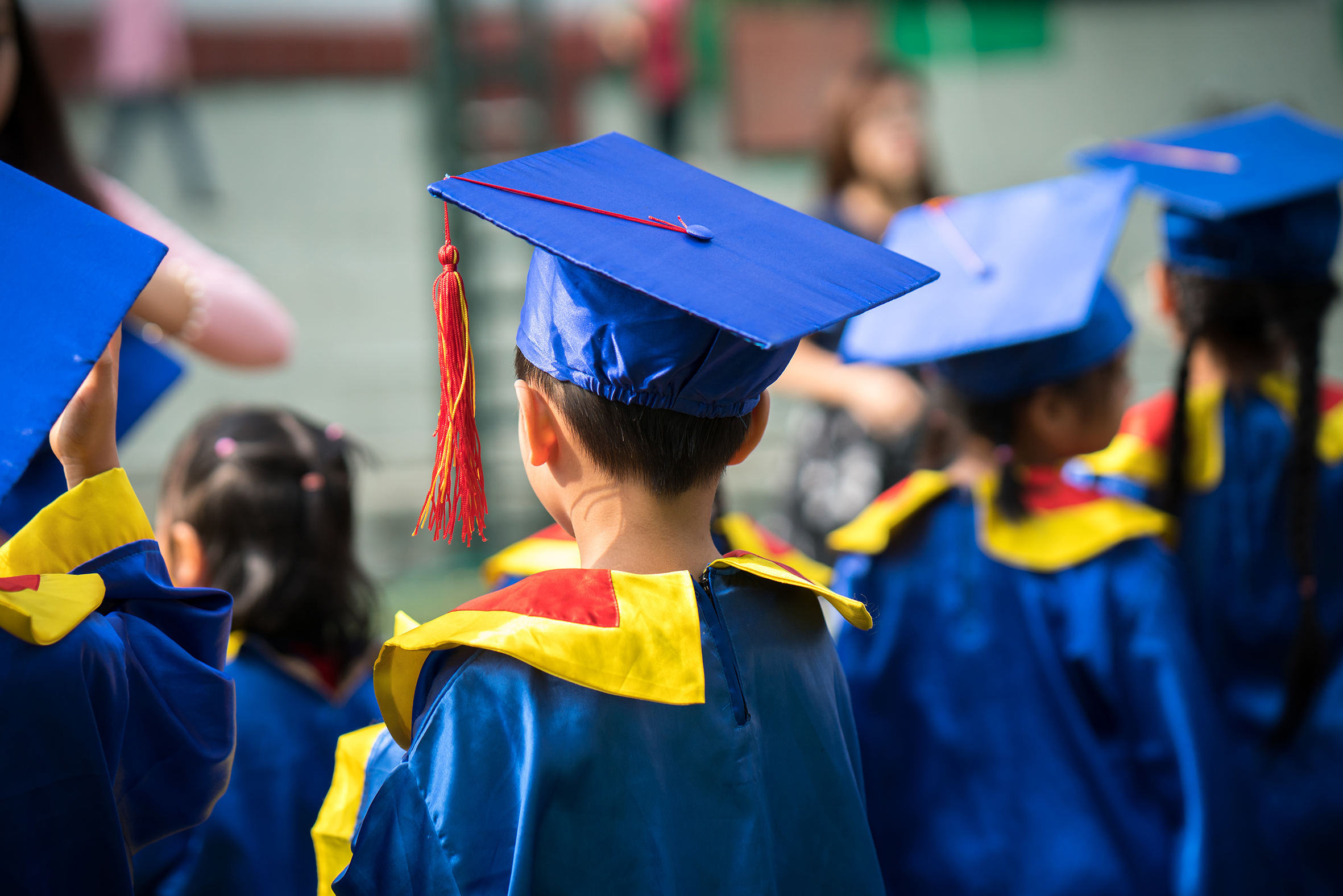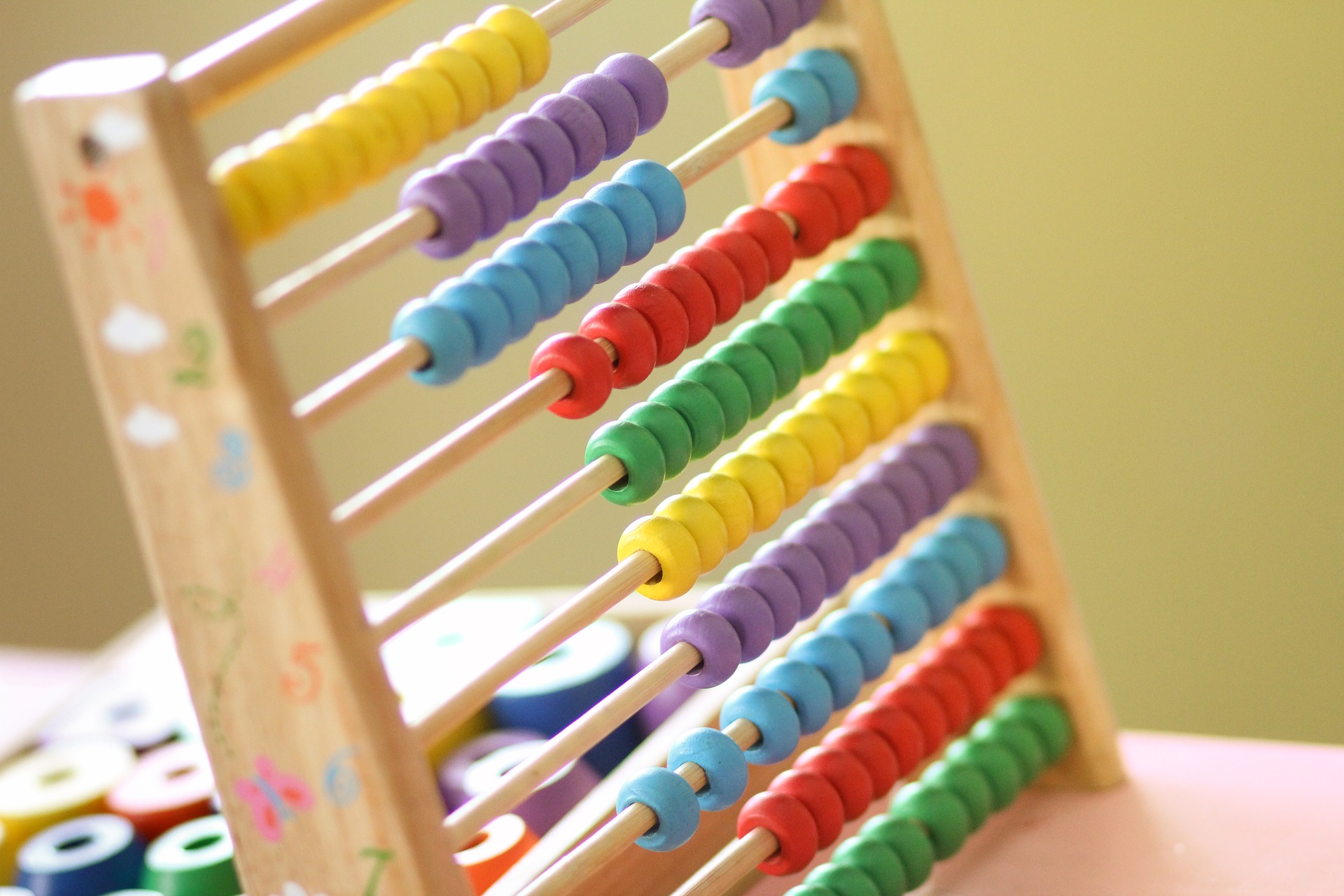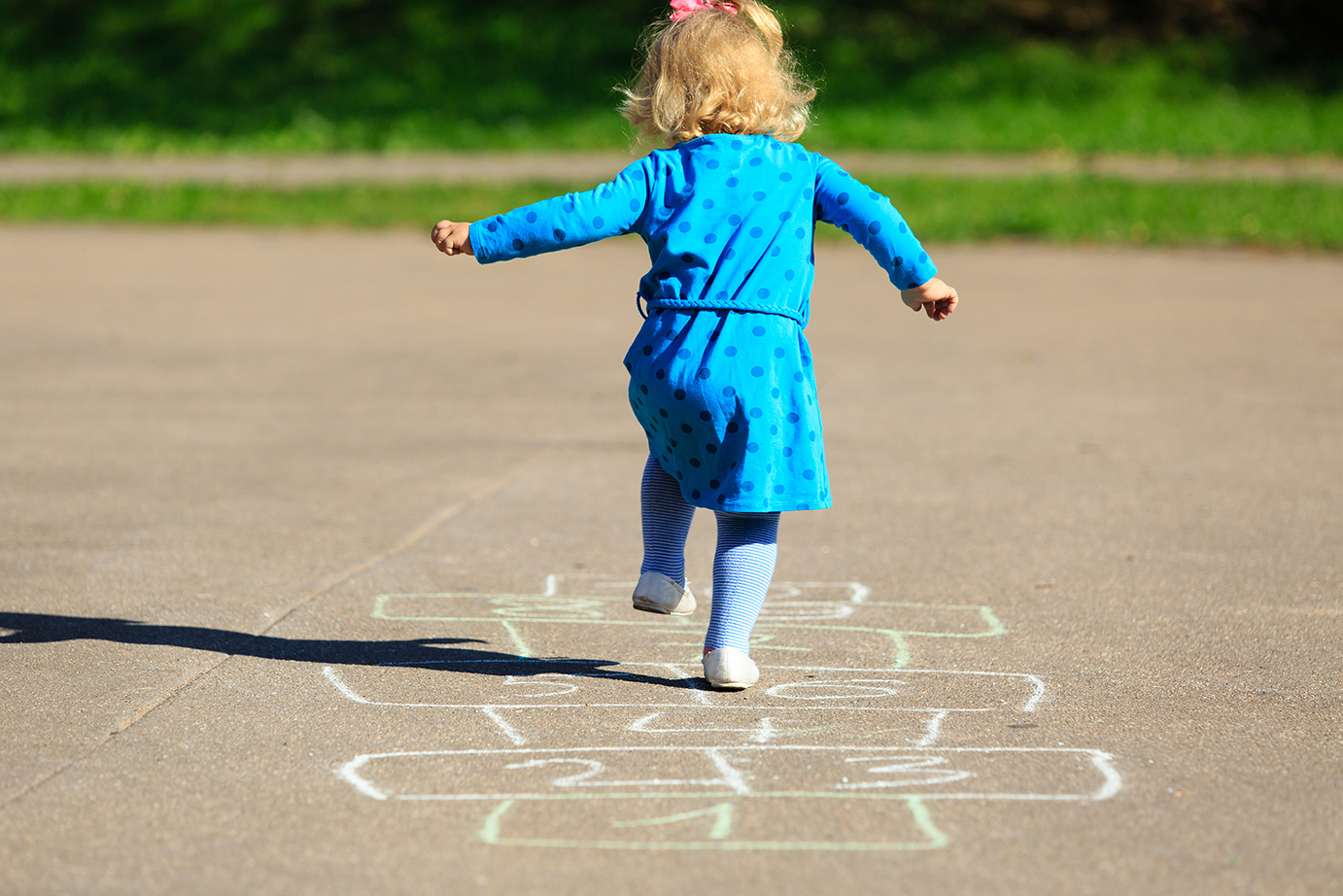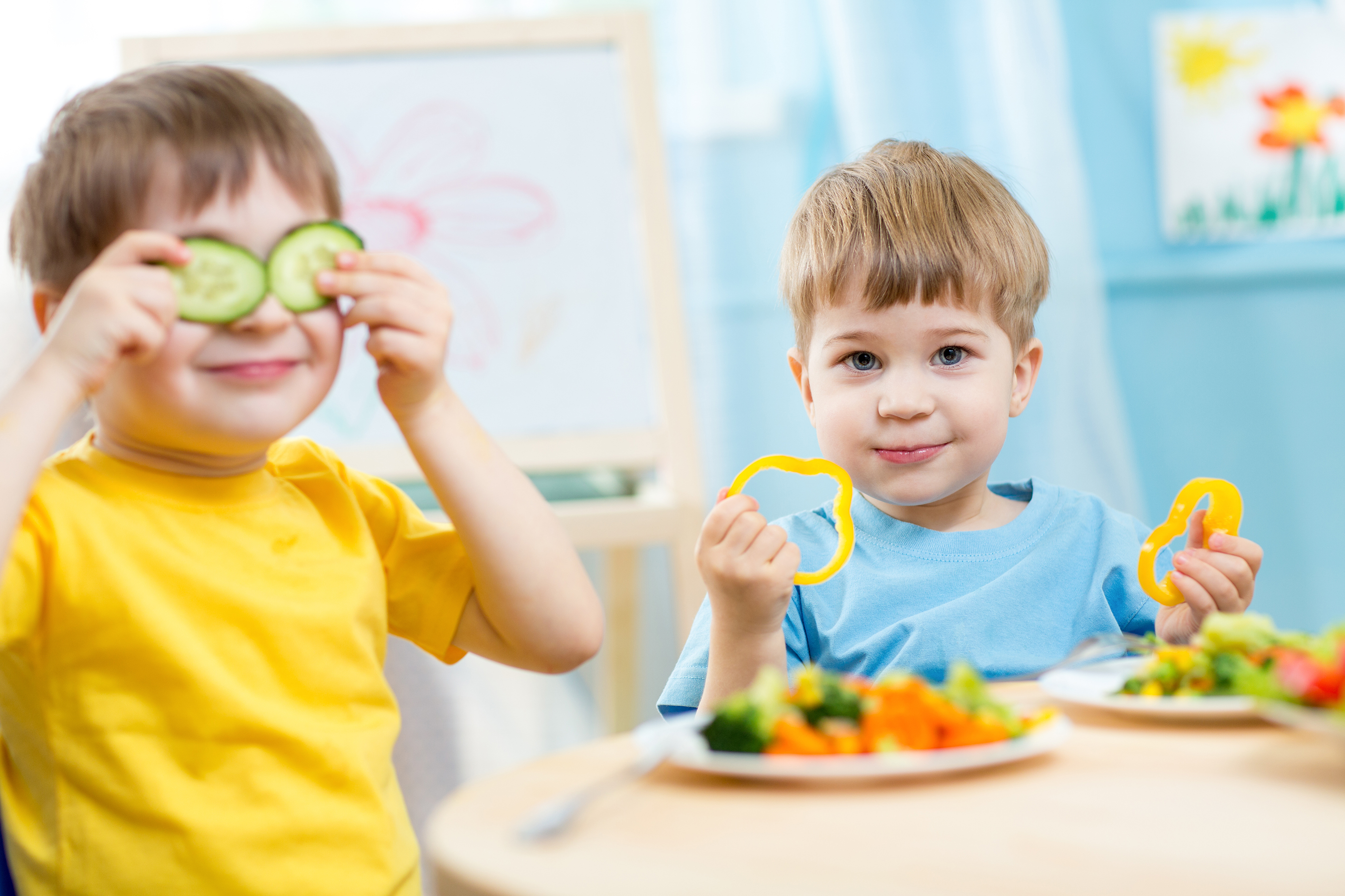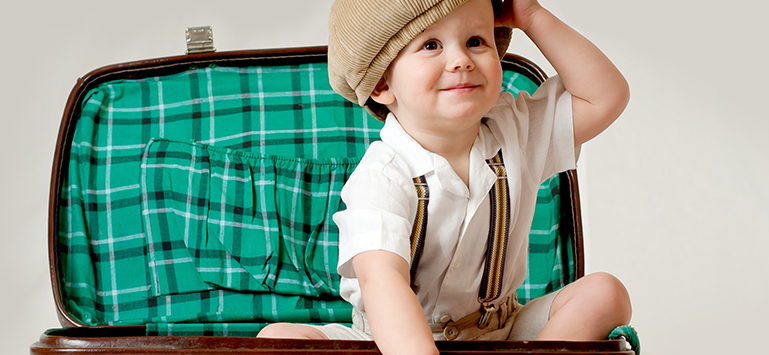As the end of the summer term approaches nurseries and preschools alike start saying goodbye to their oldest children as they begin their journey to “big” school. The four years or so they have spent with you are coming to a close and it’s hard to let go. More and more early years settings are offering graduation ceremonies for their leavers in order to celebrate their achievements and give them a memorable send off. In the US, a preschool graduation are an established, sizeable industry and it seems the UK has caught the bug!
Many of our customers take part in celebrating the accomplishments of their preschool children with graduations so to help we’ve put together a few of our favourite ideas for an exciting, fun-filled and sometimes teary occasion.
Preschool Graduation Ideas
Songs & Poems
This is a chance for children to show off what they’ve been learning whilst in preschool. Take inspiration from nursery rhymes you already know but change a few words here and there. You could let the children right their own poems or each choose a word they want to incorporate in to the poem or song you write. Remember to practice so that the children can show off their perfect singing voices during the ceremony!
Top tip: Search for graduation poems online for inspiration. Make slight changes to the words so it’s unique to your nursery or preschool. Mention the trips you’ve had or any extra activities you do, like Spanish or yoga classes.
Photos & Videos
Videos and photo slideshows are a perfect way to start and end your graduation ceremony. Some nurseries show photos of their children from when they were babies to where they are now. It’s a perfect trip down memory lane and sums up how far the children have come from when they first started.
Top tip: Give your children a go with the camera or GoPro so you get their point of view of their time in nursery and preschool. Get the projector out or put the SmartBoard on and show everyone the combined clips with some fun music. This is enjoyable for staff, parents and the children as well!
Outfits
According to an article by the BBC “tens of thousands of outfits are being sold every year in Europe, the Middle East and Far East. They usually retail at up to about £20 and are available in dozens of colours”. A simple google search will direct you to companies who either sell or rent mini graduation robes and mortar boards. Alternatives include Amazon and even eBay where you can find cheaper options which can match your nursery or preschool colours.
Top tip: Make graduation gowns out of large pieces of cheap material. Fold a rectangular piece in half and cut a hole in the middle where the crease sits. Then partially sew up each side leaving room for little arms to slip through. These can be used again and again after a quick wash and iron. Make individual graduation caps out of thick card and allow children to take them home with them as a parting gift.
Parents
You have been as much a part of your children’s lives as you have been a part of their parent’s journey. Make sure you get parents involved in some way as the connection you have with families is sure to cause a few tears from Mums and Dads who no doubt will show their appreciation for what you have done for them.
Top tip: Have plenty of tissues at the ready! Add a poem to accompany the box: “We’re nearing the end of our nursery years, please take a tissue to dry your tears.”
More Preschool Graduation Ideas & References
Check out these sites for references and more preschool graduation ideas to make your children’s day special!

